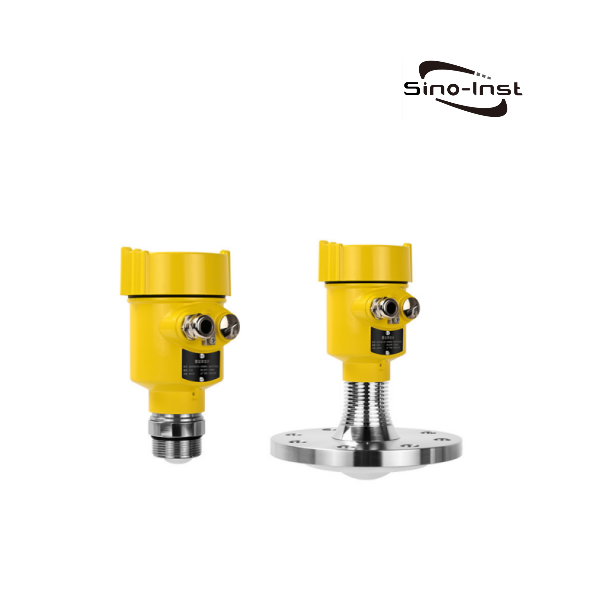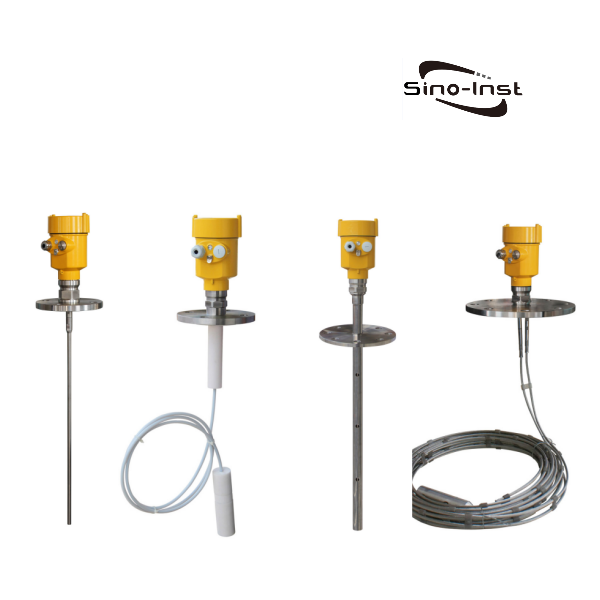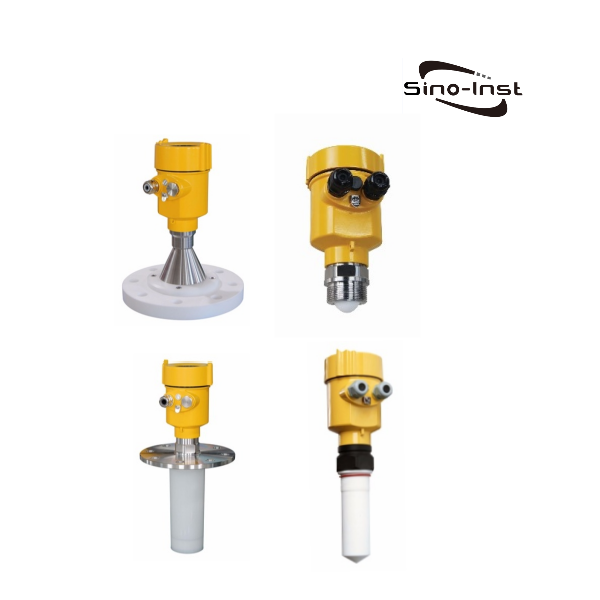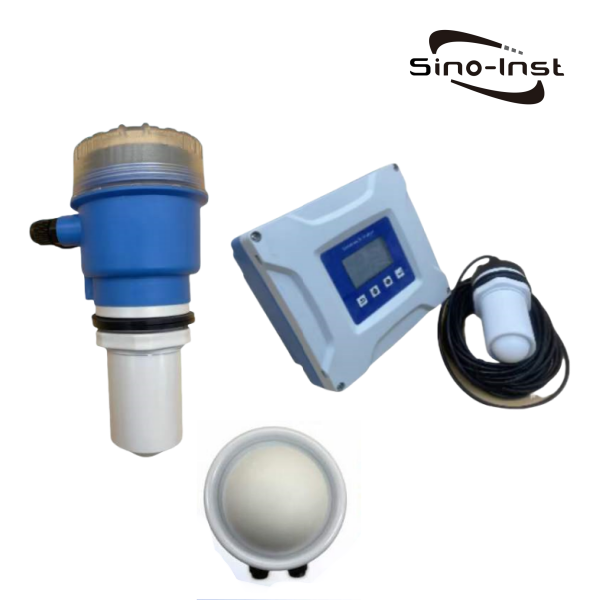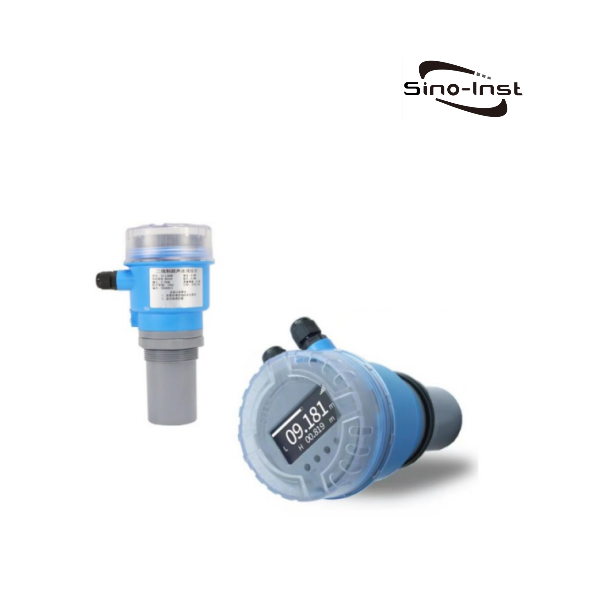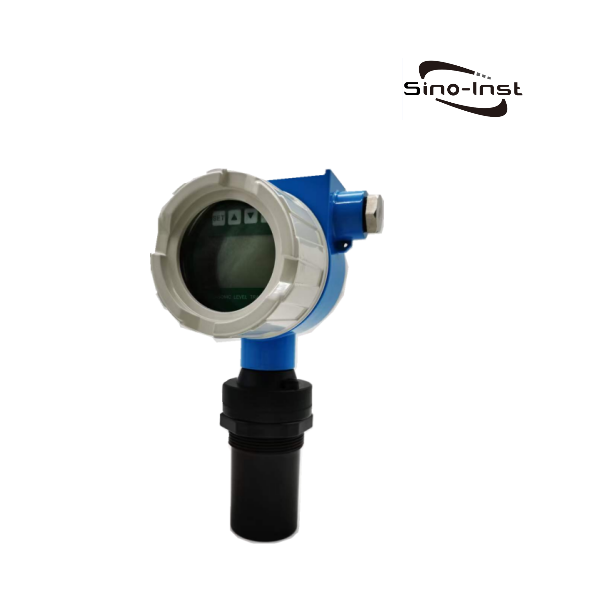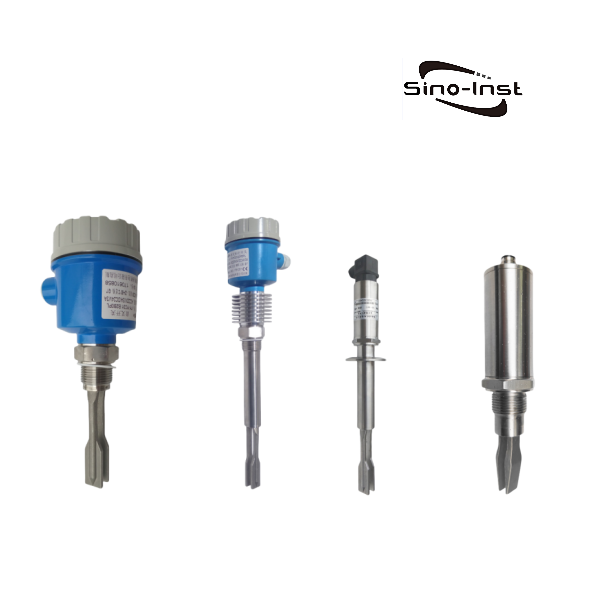
Powder level sensors are mainly used for the measurement of powders and bulk solids such as silos, storage tanks, and silos. The level measurement of powders can be divided into point measurement and continuous level measurement.
Used for level indication or level control. For example, common cement, fly ash, lime powder, flour, grains, etc.
Featured powder level sensors
Powder Level Sensor vs. Level Switch
Material level is an important control parameter in powder engineering. It is necessary to use a level meter to detect it. The position detection of powder can be divided into two categories, point type and continuous type.
Using Powder Level Sensor, continuous material level measurement can be achieved. The overall material level changes in the entire silo or container can be observed. And it can output continuous signals, such as 4-20mA. Common ones include radar level sensors and ultrasonic material level sensors.
Point-type measurement, that is, Powder level switch, only detects the material level of the point that the user requires to monitor. Then an alarm is issued, or the switch output is controlled. Common ones include vibration tuning fork material level switches. The cost will be lower.
7 Dry Materials Level Measurement Technologies
1. High-frequency radar level meter
High-frequency radar level meter has always been the first choice for level measurement of powder silos due to its strong dust resistance, non-contact measurement, simple installation and maintenance.
Especially 80GHz radar level meter, with its advantages of high frequency, high precision and high anti-interference ability, is widely used in various industrial fields for level measurement, such as liquid, solid and powder storage tanks, silos, etc.
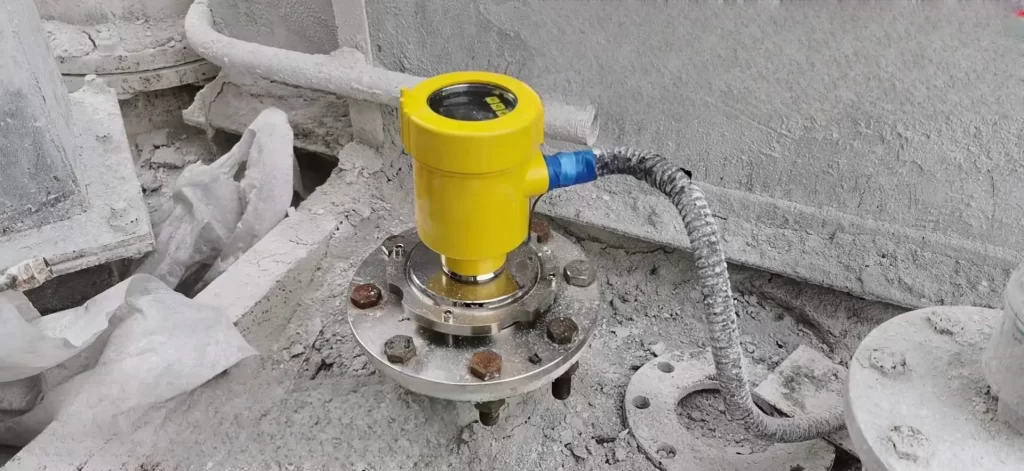
2. Guided wave radar level meter
Guided wave radar level meter has strong dust resistance, and due to its narrow signal range, it can avoid the ring beam and hanging material of the silo wall and directly measure the material level.
The signal range of the guided wave radar level meter is a circular surface with a radius of 500mm with the measuring cable or rod as the center. Unlike non-contact high-frequency radar level meter, its measurement range will not increase due to the increase of propagation distance.
3. Ultrasonic level meter
The advantage of ultrasonic level meter is that the measurement is not affected by the dielectric constant of the medium. And the measurement cost is low.
However, since ultrasound is a mechanical wave that needs to be transmitted through the air, it is very sensitive to dust and airflow. The powder silo has strong dust and is disturbed by the material flow. Therefore, the measurement accuracy is not very high.
4. Capacitive level meter
The capacitive level meter uses the change in capacitance caused by the change in level to measure the level. The advantage of the capacitive level meter is that it is not affected by obstacles in the tank and is not sensitive to dust and material flow. The disadvantage is that it is affected by the dielectric constant of the medium.
In addition, the capacitive level meter must be debugged with material. For large silos, debugging with material is a very time-consuming and labor-intensive task.
5. Rotary paddle level switch
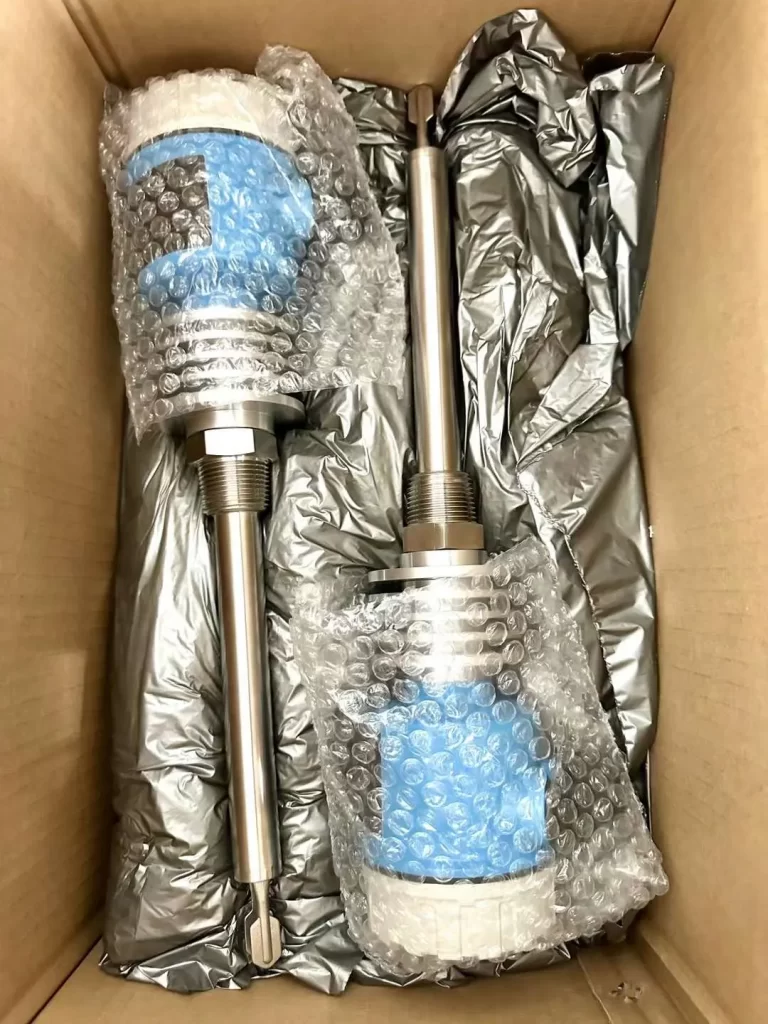
The rotary paddle level switch is a level meter used in the powder industry for point-to-point measurement.
It has a blade that rotates at a certain speed. When the blade is blocked by the material, the internal mechanism of the level meter pushes the micro switch to operate, cuts off the power supply of the internal drive motor, and outputs a switch signal to the outside world.
Rotary paddle level meter is easy to install, convenient and intuitive to debug. But it is suitable for occasions with a bulk density greater than 0.3. For powders with particularly low density, it may cause failure.
6. Tuning fork level switch
The tuning fork level switch is a level meter used for position measurement. Its internal electronic circuit excites the tuning fork to vibrate at an inherent frequency.
When the fork body is immersed in powder, the vibration frequency of the fork body changes. The internal electronic circuit detects this change and converts it into a relay switch signal output.
The tuning fork level meter can be used for most powders. However, powders with high viscosity will adhere to the pole piece of the tuning fork and cause false alarms. There are also powders with very fine particle sizes. Due to the vibration of the tuning fork, the materials on both sides are pressed tightly, which may also cause false alarms. Therefore, the characteristics of the material should be paid attention to when selecting.
7. RF Admittance Level Meter
RF Admittance Level Meter is currently the most widely used level meter, and its outstanding advantage is anti-material adhesion.
RF Admittance Level Meter uses phase shift technology to detect whether there is material in the silo. Because there are both protective electrodes and measuring electrodes on the probe, false operations caused by material adhering to the probe can be eliminated to the greatest extent.
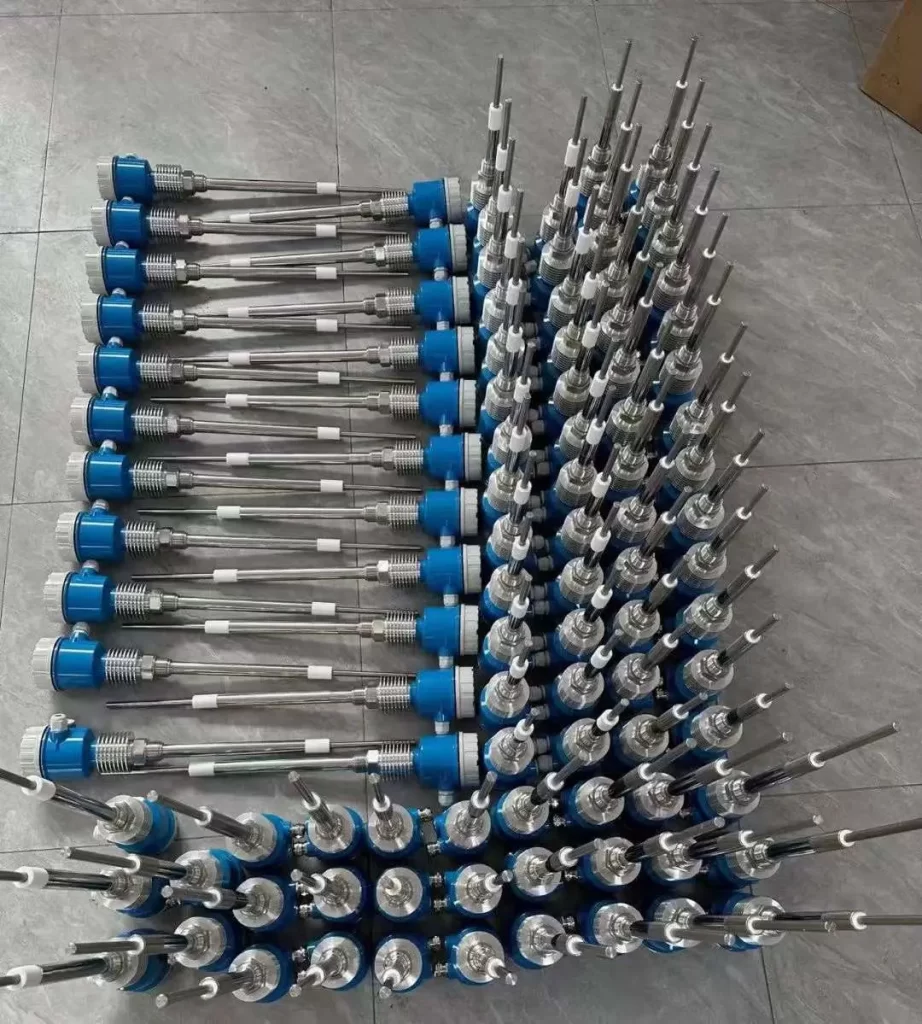
More Featured Level Measurement Solutions
- Featured 5 Guided Wave Radar Level Transmitter Types
- Guided Wave Radar Level Transmitter Installation Guide and Troubleshooting
- Difference Between Radar and Guided Wave Radar Level Transmitter
- Hydrostatic Level Measurement-Liquid Level Measurement with Pressure Sensors
- Tank Level Measurement with Pressure Transmitters/DP Transmitters
- Difference Between Radar and Ultrasonic Level Transmitter
- Liquid Level Controllers and Switches for Industrial Tanks
- Industrial Ultrasonic Level Transmitters | Non-contact Level Measurement
- Role of Hydrostatic Level Transmitters In Well Water Level Monitoring Process
- Water Level Pressure Transducers
Powder and granular silos are a relatively difficult application in solid material level measurement. Especially for large and slender powder and granular silos, it poses a greater challenge to the measuring instrument.
Currently on the market, there are mainly capacitance, ultrasonic level meter, guided wave radar level meter and high frequency radar level meter that can be used to measure powder and granular silos. Each measurement method has its own advantages and disadvantages.
The guided wave radar level meter and high frequency radar level meter produced and supplied by Sino-Inst are the most successful and widely used. Our tuning fork level switch is also widely used in material level control.
If you need to measure the level of solids, bulk materials, powders, etc., or have related technical questions about our Powder Level Sensors, please feel free to contact our technical engineers!
-1.jpg)
